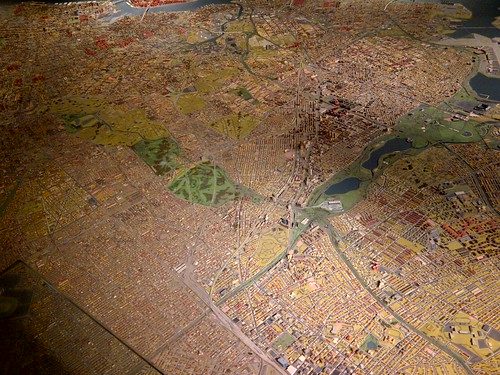

After watching the Mary Tyler Moore documentary, I stumbled on one of the free movie apps on my TV (Tubi) and there was Before Stonewall, a 1984 documentary narrated by Rita Mae Brown. The movie opens with the statement, “Unless otherwise stated, the people who appear in this film should not be presumed to be homosexual…or heterosexual.” Then I immediately watched the Melissa Etheridge narrated 1999 documentary, After Stonewall, which opens with the same statement but then adds, “…or bisexual…or transgendered.”
The titles tell you what the documentaries are about. I learned more from the first doc since I came of age after Stonewall. The interviews are from the early 80s with many people who used to attend clubs in Harlem and the Village in the 1920s. There are scenes from pre-code films showing homosexuality on screen (not pornographic – just gay people with sexual lives like the straights have).
World War II led to big changes for the homosexual community. People who had been isolated in their rural communities and then joined the armed forces, spent time at different urban areas around the country and in these port cities they found their people. After the war they would settle in these cities to be far away from disapproving families. There was a funny scene where Eisenhower wanted to rid the WACS of lesbians and he was told then there would not be any more WACS, so he immediately rescinded the order. But there were horror stories too – one woman said her parents had the police pick her up on the street and had her committed because she was a lesbian.
When WWII ended, the women lost their economic independence when they were forced to give their jobs back to the men who had returned. And then came the McCarthy era where they show Roy Cohn not laughing at a hearing while the others laugh at the words, ‘pixie’ and ‘fairy.’
We learn about the rise of the Mattachine Society and there are interviews with the founders. The documentary starts around the 1920s, so there is not the speculation of historical gay figures, but we get an in-depth study of what it was like to be gay before 1969.
After Stonewall gives us 30 years of gay history after the Stonewall riots. Interestingly, many of the gay rights activists interviewed were unaware of Stonewall when it happened. There were some brief newspaper articles about some police being injured but that year was also the takeover the Alcatraz and other civil rights protests and Stonewall did not seem significant at the time. What made it significant was the march on the one-year anniversary, where 15,000 people ended up at the Sheep Meadow in Central Park. Without that march, Stonewall would have been a very small item in gay history. The Gay Liberation Front formed, which was anarchist and that led to the formation of the Gay Activists Alliance, which followed Robert’s Rules of Order. One of the biggest victories of these groups was the removal of the classification of homosexuality as a mental disorder in 1974.
Many feminists at the time like Betty Friedan warned of the lavender menace and how it would hurt the Women’s Movement. Rita Mae Brown was kicked out of NOW.
Like the music of the 20s/30s and the cocktail music of the 40s/50s, disco in the 70s had a code that was understood by the gays dancing to it. Art played an important part in communication and acceptance. The first Women’s Festival in Michigan preached acceptance of older women, vegetarians, and they rolled down the snow fence so that those with wheelchairs could enter.
Lesbians and gay men were elected to statehouses across the country. And as happens, when there are steps forward, the backlash occurs. And at the same time came an unexpected virus.
That AIDS so decimated the gay community and what we lost in the arts means that we will never know how the culture and the politics in this country might have been different had we had the arts to lead the way as it has for past generations. The die-in at St Patrick’s Cathedral was a protest but it was also performance art. Many people thought that was a step too far, but watching the film, I was in tears and had to pause the TV several times as I watched people who were literally dying using the last of their energy to fight and protest how the Church and the government were killing them.
The gay community learned from the women’s health movement how to take care of themselves when the government refused to give them any help when it came to AIDS. Organizations were formed to deliver food and doctors opened up gay practices.
Jesse Jackson was the only politician to speak at the Great March in DC in 1987. But as always, there was a divide between Black and white in the gay community just like in the rest of the country.
I will not go on and on. Watch the documentaries and learn about another civil rights movement in this country that maybe you did not know enough about.
By Carene Lydia Lopez

